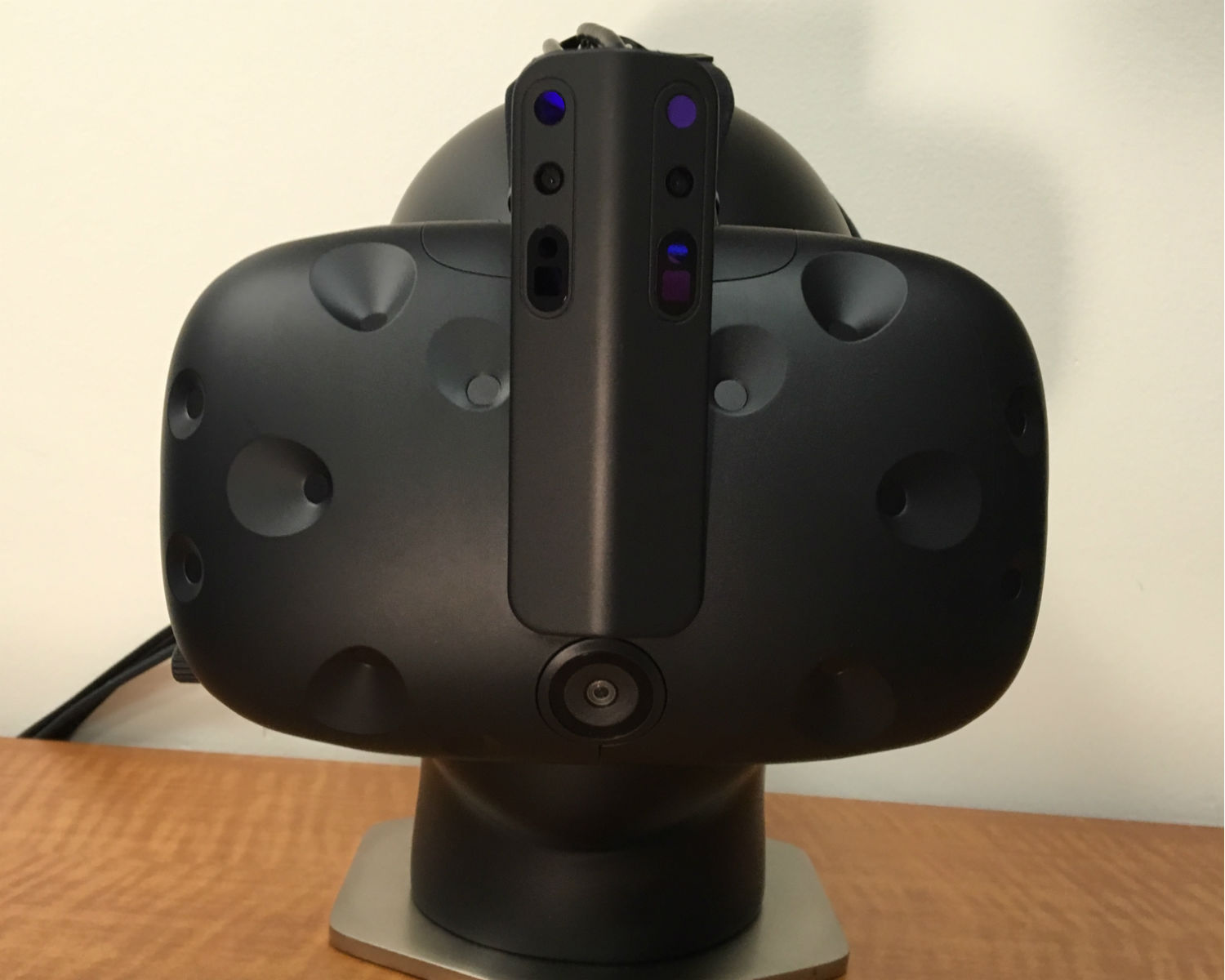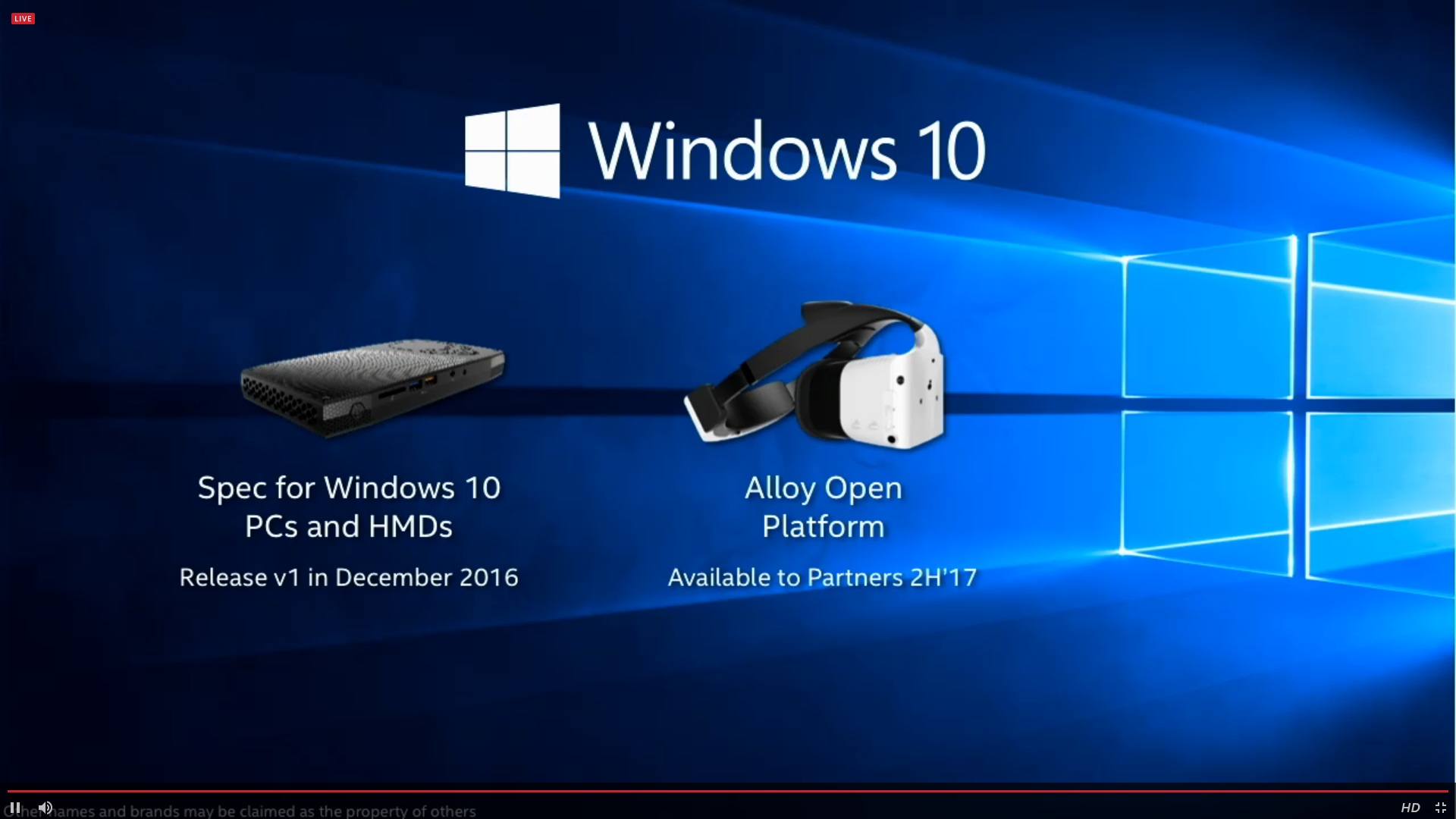Intel introduced Project Alloy, a completely mobile headset intended to offer the ideal VR experience: Wireless with the freedom to move in any direction, hand tracking, collision warnings and “multi-room” tracking.
[gfycat data_id=”ImprobableMetallicCopepod”]
The initiative was announced during a keynote at the Intel developer conference which started today. The live demo didn’t look bug-free, but key features lacking on current VR headsets were shown live on stage. During the most impressive moment of the demo, a real dollar bill was introduced to VR and used to literally shape the virtual experience.
[gfycat data_id=”CluelessAnnualIzuthrush”]
Intel is working with Microsoft to develop a specification for Windows 10 PCs and head-mounted displays that will be released in December, with its “Alloy Open Platform” available to development partners late next year. That likely puts consumer availability of these kinds of headsets somewhere deep into 2018.
A couple weeks ago we spotted a modified Vive used by Intel promising some of these features. Given the long development cycle and feature set planned by Intel, the tech embedded in that headset is likely one part of the overall puzzle.

Intel is also promising robust “inside out” position tracking for Project Alloy, meaning the chipmaker is planning for headsets that know their exact location in any room (or multiple rooms) without any external hardware. Facebook and Google are both trying to solve this problem too, with Oculus CTO John Carmack saying: “It does not look good for making an inside out tracking system that doesn’t consume a whole lot of battery power.” In other words, even if you “solve” this type of tracking there’s still a chance it could require too much power.
With consumer availability of this technology from Intel so far out, though, the companies behind the Oculus Rift and Daydream have some time to develop alternative solutions. And can Intel solve the power consumption problem so the gear isn’t weighted down by an overly heavy battery?



























